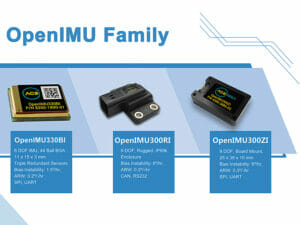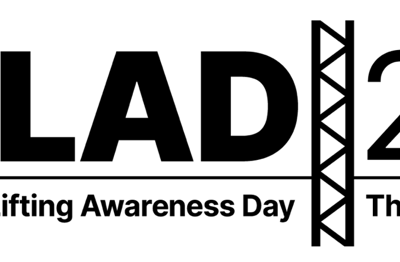Robot Application Developers Finally Have an Affordable and Easy to Integrate Navigation Solution
Distributed via Noetic Ninjemys & Ubuntu 20.04
Andover, Massachusetts- Sept 15, 2020
ACEINNA, one of the world’s leading developers of inertial based guidance and navigation systems for autonomous vehicles and devices, today announced the availability of their new ACEINNA OpenIMU ROS Driver for developers of robots and robotic applications.
“This new ROS driver makes it simple to integrate a wide variety of ACEINNA IMUs (Inertial Measurement Unit sensors) into almost any robotics applications (warehouse robotics, autonomous vehicles, last mile deliver robotics, etc.), which uses ROS,” says James Fennelly, Product Marketing Manager – Inertial Systems at ACEINNA. “When combined with our IMU’s industry leading reliability and accuracy, as well as very competitive pricing (under $100), developers of robotic solutions finally have an easily integrated, rock-solid solution for their navigation and localization challenges.”
Available on the Sensors Page at ROS.org and GitHub this new driver enables robotic application developers to quickly and easily integrate highly accurate (<1.5°/hr) IMU’s into their navigation guidance systems.
The new ROS Driver currently works with the ACEINNA’s versatile OpenIMU family, which includes the OpenIMU300ZI, OpenIMU300RI, and OpenIMU330BI. Each sensor has its own distinct hardware features, allowing the user several options for their unique application. The open-source nature of this architecture makes each device highly configurable as well. ACEINNA’s OpenIMU’s have several software applications available, with source code available via Github and the ACEINNA Extension on Microsoft Visual Studio Code. Software applications include IMU, VG-AHRS, and INS.
Extremely compact, ACEINNA’s IMUs integrate a triple-redundant architecture, that, when combined with their small, low-cost packaging, meets the challenging performance, reliability and cost requirements of the robotic and autonomous market.
The Robotic Operating System (ROS) is a set of software libraries and tools that help developers create robotics applications. It can be described as a software development kit (SDK). As stated on ROS.org : “The ROS user community builds on top of a common infrastructure to provide an integration point that offers access to hardware drivers, generic robot capabilities, development tools, useful external libraries, and more.” This allows users to get their robotics projects up and running a lot faster than starting from scratch.
Combining the architecture of the ROS environment with the versatility of the OpenIMU platform the possibilities are endless and at the users fingertips.
For more info on the ROS Driver, please visit this page: https://wiki.ros.org/aceinna_openimu
For more on the OpenIMU family, please visit this site: https://www.aceinna.com/








